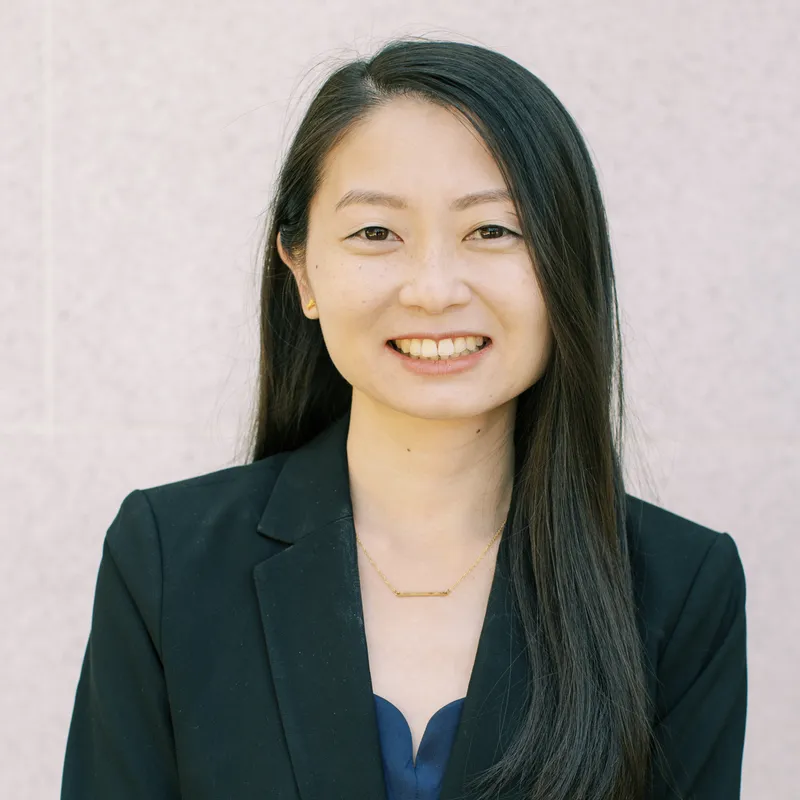Patient Controlled Dispenser & Deactivator (PCDD)
The Patient Controlled Dispenser & Deactivator (PCDD) is a liquid oral medication dispenser that empowers patients to control their pain management and prevents abuse and diversion. Our device repurposes a traditional intravenous (IV) patient-controlled analgesia (PCA) pump for oral consumption of liquid medication, such as opioids. The device has inherent safety features to minimize overdose, limit abuse and diversion, and decrease nursing workload, including fingerprint patient identification, physical tamper prevention, and patient secured dispensing. The PCDD also collects real-time data on opioid delivery and pain levels.
Our device addresses the issue of postoperative pain management. 100 million surgeries take place in the U.S. annually, but current therapies are flawed. IV PCA pumps are ideal but invasive. Nurse-dispensed oral pills are commonly used, but patients experience delays and inconsistencies in dosing. Lastly, oral PCAs that administer pills exist today but can be misused. The PCDD solves these problems by delivering liquid medication and preventing diversion by instantly deactivating excess medication.
Our team is comprised of Claudia See (Yale MD-MBA '24 student), Dr. Jinlei Li (YSM Associate Professor of Anesthesiology), and Dr. Daniel Wiznia (YSM Assistant Professor of Orthopaedics and Rehabilitation). We have been working on this idea since summer 2021, and have filed two provisional patents and received the 2022 YNHHS Innovation Award.
Our top competitors are devices that deliver patient-controlled opioids, including IV PCA pumps and newer non-invasive medication delivery systems. Our device is superior because it delivers opioids in a new non-invasive liquid form, provides more accurate dosing, and minimizes risk of drug trafficking and leftover opioids.
Our target users are post-operative hospital patients, with future plans to expand into home care. Our target customers are hospitals and insurers, who will be interested because of cost reduction from less nursing burden and shortened hospital stays.

